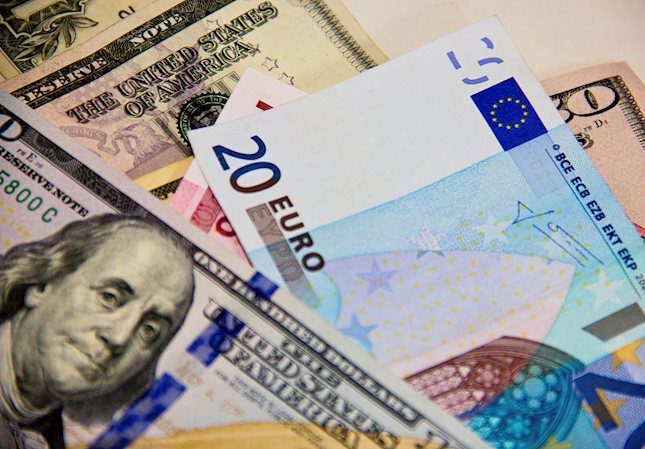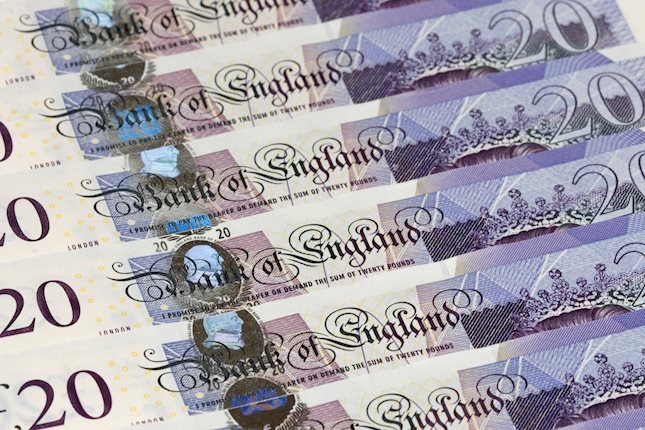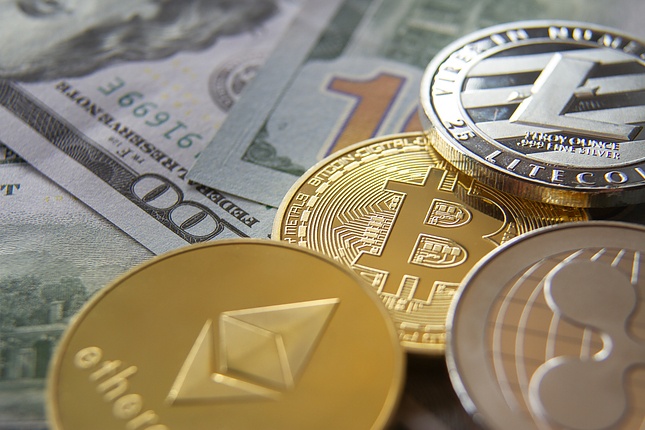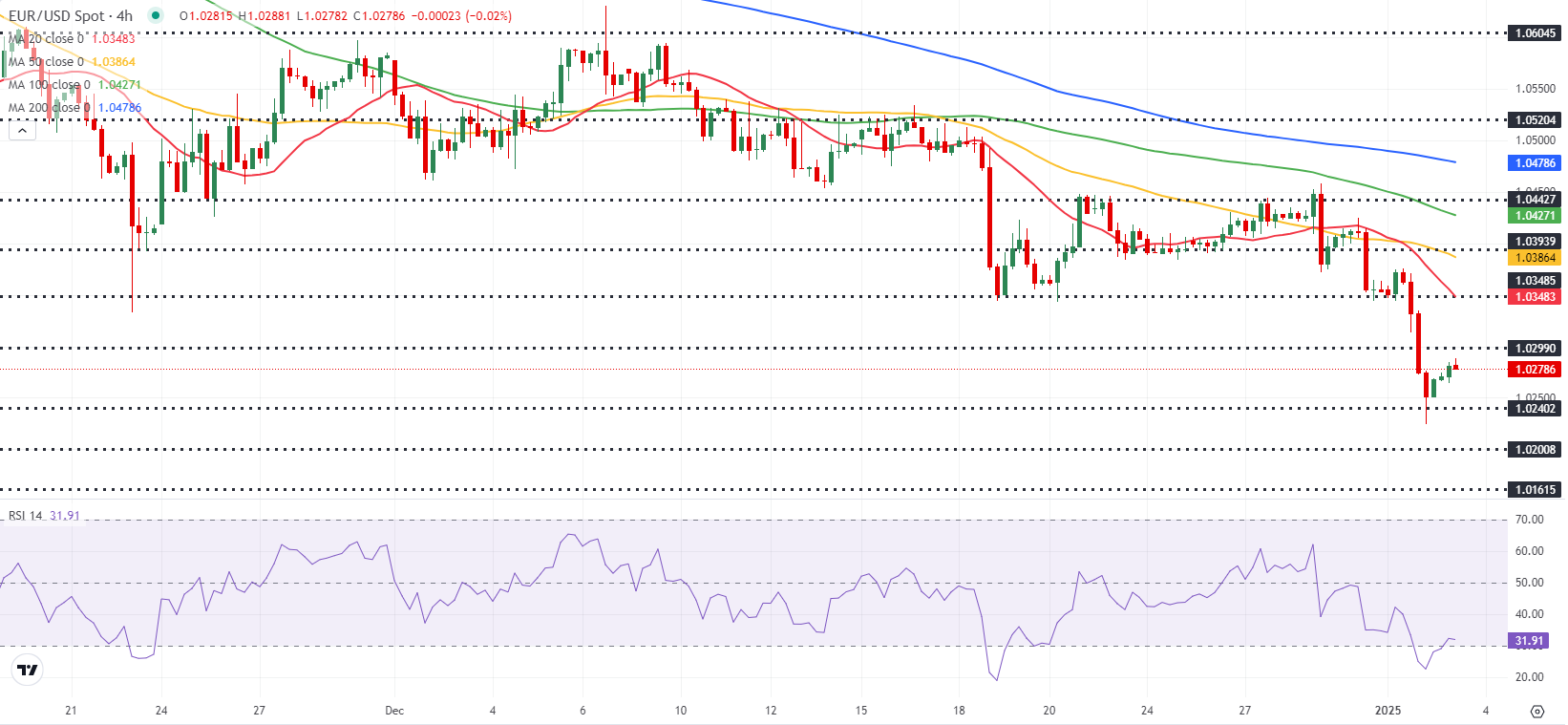- EUR/USD recovers toward 1.0300 in the European session on Friday.
- The pair remains technically bearish in the near term.
- The US economic calendar will offer ISM Manufacturing PMI data for December.
EUR/USD came under heavy bearish pressure on the first trading day of 2025 and dropped to its weakest level in over two years at 1.0224. Although the pair stages a rebound toward 1.0300 in the European morning on Friday, the technical outlook suggests that the near-term bias remains bearish.
Euro PRICE This week
The table below shows the percentage change of Euro (EUR) against listed major currencies this week. Euro was the weakest against the Japanese Yen.
| USD | EUR | GBP | JPY | CAD | AUD | NZD | CHF | |
|---|---|---|---|---|---|---|---|---|
| USD | 1.44% | 1.46% | -0.28% | -0.13% | 0.19% | 0.59% | 1.01% | |
| EUR | -1.44% | 0.02% | -1.73% | -1.59% | -1.30% | -0.88% | -0.48% | |
| GBP | -1.46% | -0.02% | -1.75% | -1.61% | -1.31% | -0.90% | -0.49% | |
| JPY | 0.28% | 1.73% | 1.75% | 0.15% | 0.53% | 1.03% | 1.37% | |
| CAD | 0.13% | 1.59% | 1.61% | -0.15% | 0.31% | 0.78% | 1.13% | |
| AUD | -0.19% | 1.30% | 1.31% | -0.53% | -0.31% | 0.42% | 0.83% | |
| NZD | -0.59% | 0.88% | 0.90% | -1.03% | -0.78% | -0.42% | 0.41% | |
| CHF | -1.01% | 0.48% | 0.49% | -1.37% | -1.13% | -0.83% | -0.41% |
The heat map shows percentage changes of major currencies against each other. The base currency is picked from the left column, while the quote currency is picked from the top row. For example, if you pick the Euro from the left column and move along the horizontal line to the US Dollar, the percentage change displayed in the box will represent EUR (base)/USD (quote).
The broad-based US Dollar (USD) strength weighed heavily on EUR/USD on Thursday. The data published by the US Department of Labor showed that the weekly Initial Jobless Claims declined to 211,000 in the week ending December 28 from 220,000 in the previous week. This reading came in below the market expectation of 222,000 and helped the USD gather strength. Additionally, the cautious market stance put additional weight on EUR/USD's shoulders.
In the American session on Friday, the ISM Manufacturing Purchasing Managers Index (PMI) data for December will be watched closely.
The headline Manufacturing PMI is expected to match November's reading of 48.4. Investors will also pay close attention to the inflation component, the Prices Paid Index, which is forecast to rise to 51.7 from 50.3. A bigger increase than expected in the inflation component could support the USD and make it difficult for EUR/USD to hold its ground heading into the weekend. On the other hand, a disappointing headline PMI could have the opposite effect on the pair's action.
EUR/USD Technical Analysis
The Relative Strength Index (RSI) indicator on the 4-hour chart recovered slightly above 30 from near-20 it touched on Thursday, suggesting that the bearish bias remains intact following a technical correction from oversold levels.
On the upside, 1.0300 (static level, round level) aligns as immediate resistance before 1.0350 (20-period Simple Moving Average (SMA), static level) and 1.0390-1.0400 (50-period SMA, static level). Looking south, first support could be seen at 1.0240 (static level) ahead of 1.0200 (static level, round level) and 1.0160 (static level from July 2022).
Euro FAQs
The Euro is the currency for the 19 European Union countries that belong to the Eurozone. It is the second most heavily traded currency in the world behind the US Dollar. In 2022, it accounted for 31% of all foreign exchange transactions, with an average daily turnover of over $2.2 trillion a day. EUR/USD is the most heavily traded currency pair in the world, accounting for an estimated 30% off all transactions, followed by EUR/JPY (4%), EUR/GBP (3%) and EUR/AUD (2%).
The European Central Bank (ECB) in Frankfurt, Germany, is the reserve bank for the Eurozone. The ECB sets interest rates and manages monetary policy. The ECB’s primary mandate is to maintain price stability, which means either controlling inflation or stimulating growth. Its primary tool is the raising or lowering of interest rates. Relatively high interest rates – or the expectation of higher rates – will usually benefit the Euro and vice versa. The ECB Governing Council makes monetary policy decisions at meetings held eight times a year. Decisions are made by heads of the Eurozone national banks and six permanent members, including the President of the ECB, Christine Lagarde.
Eurozone inflation data, measured by the Harmonized Index of Consumer Prices (HICP), is an important econometric for the Euro. If inflation rises more than expected, especially if above the ECB’s 2% target, it obliges the ECB to raise interest rates to bring it back under control. Relatively high interest rates compared to its counterparts will usually benefit the Euro, as it makes the region more attractive as a place for global investors to park their money.
Data releases gauge the health of the economy and can impact on the Euro. Indicators such as GDP, Manufacturing and Services PMIs, employment, and consumer sentiment surveys can all influence the direction of the single currency. A strong economy is good for the Euro. Not only does it attract more foreign investment but it may encourage the ECB to put up interest rates, which will directly strengthen the Euro. Otherwise, if economic data is weak, the Euro is likely to fall. Economic data for the four largest economies in the euro area (Germany, France, Italy and Spain) are especially significant, as they account for 75% of the Eurozone’s economy.
Another significant data release for the Euro is the Trade Balance. This indicator measures the difference between what a country earns from its exports and what it spends on imports over a given period. If a country produces highly sought after exports then its currency will gain in value purely from the extra demand created from foreign buyers seeking to purchase these goods. Therefore, a positive net Trade Balance strengthens a currency and vice versa for a negative balance.
Information on these pages contains forward-looking statements that involve risks and uncertainties. Markets and instruments profiled on this page are for informational purposes only and should not in any way come across as a recommendation to buy or sell in these assets. You should do your own thorough research before making any investment decisions. FXStreet does not in any way guarantee that this information is free from mistakes, errors, or material misstatements. It also does not guarantee that this information is of a timely nature. Investing in Open Markets involves a great deal of risk, including the loss of all or a portion of your investment, as well as emotional distress. All risks, losses and costs associated with investing, including total loss of principal, are your responsibility. The views and opinions expressed in this article are those of the authors and do not necessarily reflect the official policy or position of FXStreet nor its advertisers. The author will not be held responsible for information that is found at the end of links posted on this page.
If not otherwise explicitly mentioned in the body of the article, at the time of writing, the author has no position in any stock mentioned in this article and no business relationship with any company mentioned. The author has not received compensation for writing this article, other than from FXStreet.
FXStreet and the author do not provide personalized recommendations. The author makes no representations as to the accuracy, completeness, or suitability of this information. FXStreet and the author will not be liable for any errors, omissions or any losses, injuries or damages arising from this information and its display or use. Errors and omissions excepted.
The author and FXStreet are not registered investment advisors and nothing in this article is intended to be investment advice.
Recommended Content
Editors’ Picks

EUR/USD gains ground above 1.0300 ahead of EU/ German data
EUR/USD regains ground above 1.0300 in the European session on Monday. A broadly subdued US Dollar offset a negative risk sentiment, weighing on the pair. Traders now shifts their focus to the EU Sentix data and Germany's inflation report for frresh trading impetus.

GBP/USD rises to near 1.2450 amid softer US Dollar
GBP/USD finds demand and retakes 1.2450 in European trading on Monday. The pair benefits from the US Dollar's sluggish performance even though risk sentiment remanis tepid at the start of the US Nonfarm Payrolls week. Mid-tier US data remains on tap.

Gold price extends its steady descent to around $2,630
Gold price attracts some follow-through sellers at the start of a new week and retreats further from a nearly three-week high, around the $2,665 region touched on Friday. The prospects for slower Fed rate cuts in 2025 keep US Treasury bond yields elevated, undermining the non-yielding yellow metal.

Bitcoin, Ethereum and Ripple show signs of bullish momentum
Bitcoin’s price is approaching its key psychological level of $100,000; a firm close above would signal the continuation of the ongoing rally. Ethereum price closes above its upper consolidation level of $3,522, suggesting bullish momentum. While Ripple price trades within a symmetrical triangle on Monday.

Week ahead – US NFP to test the markets, Eurozone CPI data also in focus
King Dollar flexes its muscles ahead of Friday’s NFP. Eurozone flash CPI numbers awaited as euro bleeds. Canada’s jobs data to impact bets of a January BoC cut. Australia’s CPI and Japan’s wages also on tap.

Best Forex Brokers with Low Spreads
VERIFIED Low spreads are crucial for reducing trading costs. Explore top Forex brokers offering competitive spreads and high leverage. Compare options for EUR/USD, GBP/USD, USD/JPY, and Gold.
